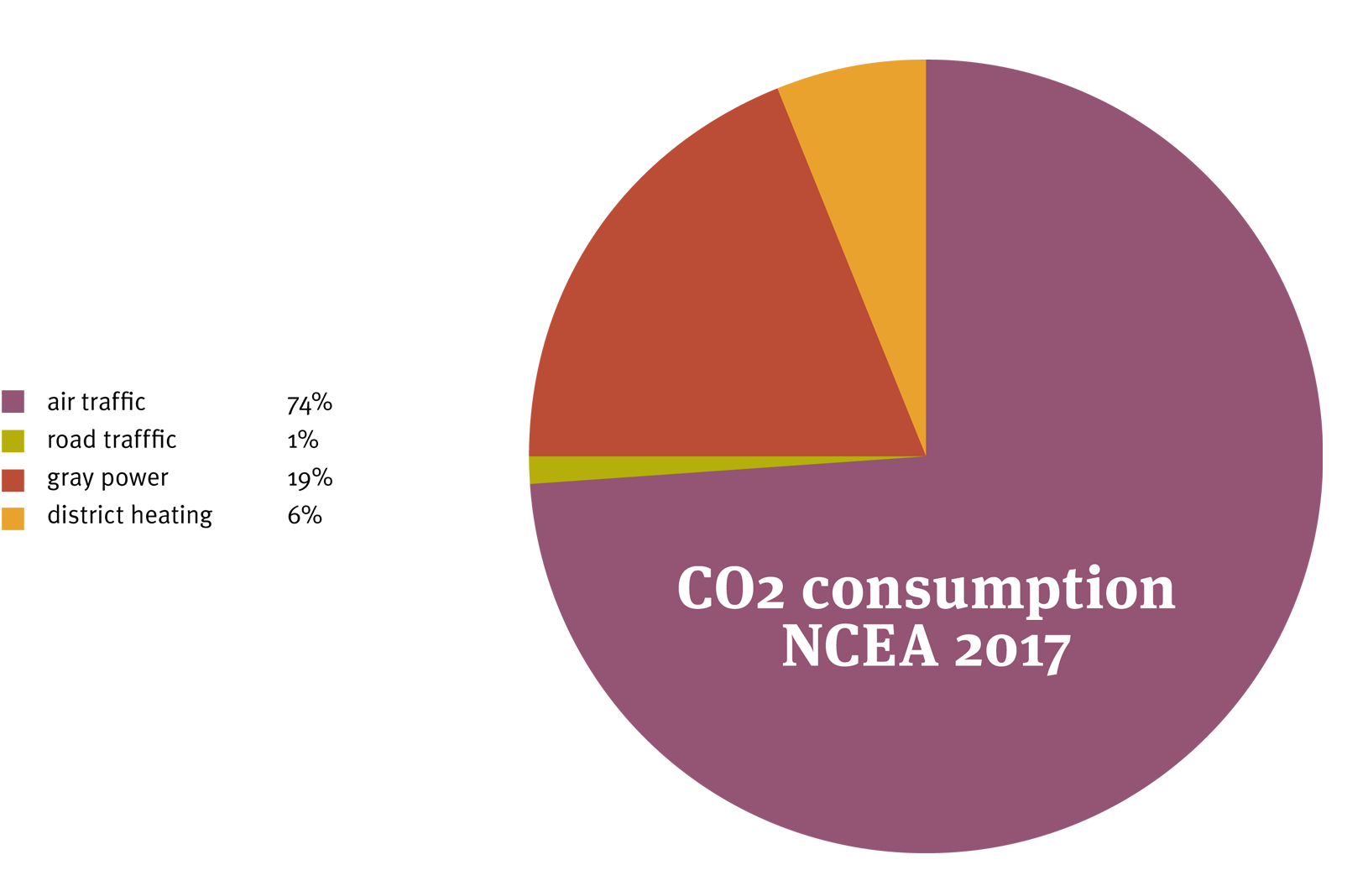Fewer advisory reports
We issued a total of 144 advisory reports in 2018. 63 were mandatory reviews of environmental assessment reports and 81 were non-mandatory advisory reports, for example on scoping at the start of a project, or interim reports on important choices. The total is less than in each of the preceding two years: 159 in 2016 and 168 in 2017.
Sharp rise in dike reinforcements, but fewer homes and wind farms
The number of advisory reports on scoping for the environmental assessment reports for water projects, in particular for dike reinforcements, increased to 14 in 2018. In 2017 there were only five. The increase in 2018 is attributable to the implementation of the Flood Protection Programme.
There were fewer reviews of environmental assessment reports for new residential areas and industrial estates: in 2018, we reviewed only 13 environmental assessment reports compared with 26 in 2017 - which is surprising, given the ambition of the National Housing Agenda to reduce the housing shortage. The number of mandatory and non-mandatory advisory reports on wind farms also decreased: 23 in 2018 versus 32 in 2017. This is probably because many procedures for onshore wind energy projects up to 2020 have already been completed and no new agreements have been made for the period after 2020.
Fewer advisory reports for municipalities and central government
In 2018, central government made significantly fewer requests for advisory reports: 17. This compares with 30 requests in 2017. A possible explanation for this decrease is that in anticipation of the National Environment and Planning Strategy, the government has instigated fewer plans and projects with accompanying environmental assessment reports.
The number of advisory reports for municipalities also declined: by more than a third, to 68 (versus 102 in 2017). Is tariff setting to blame for this? Research by consultancy firm Berenschot revealed that last year many municipalities were put off by the high tariffs. This ties in with what we've heard directly from municipalities - especially the smaller ones. There was an increase in the number of advisory reports for provinces: from 36 in 2017 to 58 in 2018. It is attributable to the Flood Protection Programme.
Influence of submissions by the public increases
In over 60 percent of the advisory reports - whether for scoping or review - we took account of submissions by the public. This is a clear increase over the 50 percent for both types of advisory reports in 2017. We hope that this upturn will continue and we will continue to emphasise its importance in our contacts with public authorities. If we are able to include specific information from different viewpoints our recommendations gain in quality.
33% of the environmental assessment reports were complete
We found major shortcomings in 67 percent of the environmental assessment reports we reviewed, which is a slight improvement compared with the 70 percent in 2017. In over 50 percent of the cases, the competent authority had the reports supplemented and resubmitted the reports to us for review. After that, 80 percent of the reports were complete.
As in previous years, information was mainly lacking on nitrogen loads on Natura 2000 sites, on damage to birds and bats, and on alternative, environmentally friendly solutions. What was striking this year was the lack of information on the impacts of noise on the human environment, for example noise from industry, wind turbines, roads and railways. Whether it could or should be quieter is a question that frequently remains unanswered.
Download the overview with advisory reports issued in the Netherlands in 2018






 Kees Linse, chair
Kees Linse, chair Roel Meeuwsen, technical secretary
Roel Meeuwsen, technical secretary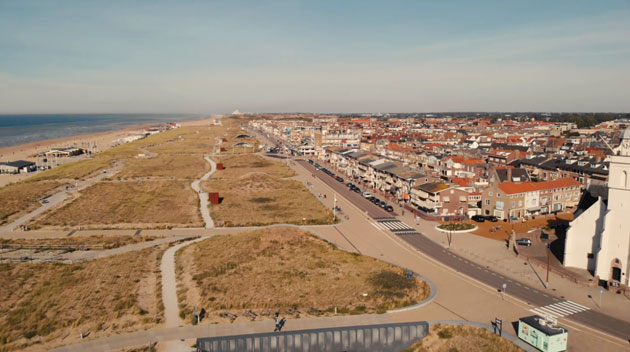

 Pieter Jongejans, technical secretary
Pieter Jongejans, technical secretary Jan Jaap de Graeff, vice-chair
Jan Jaap de Graeff, vice-chair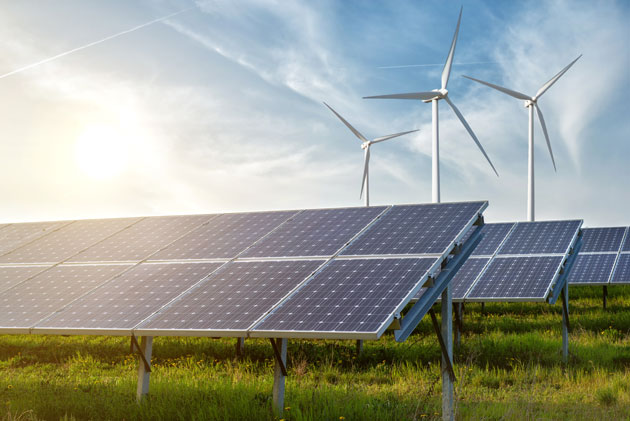

 Tom Smit, vice-chair
Tom Smit, vice-chair Marja van der Tas, vice-chair
Marja van der Tas, vice-chair 




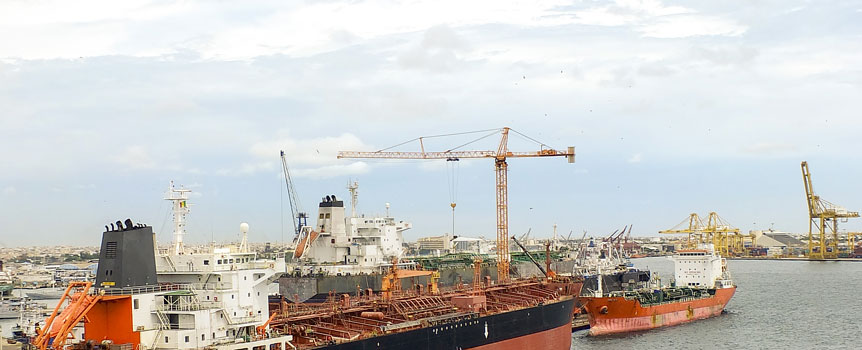
 Stephen Teeuwen, technical secretary
Stephen Teeuwen, technical secretary Gwen van Boven, technical secretary
Gwen van Boven, technical secretary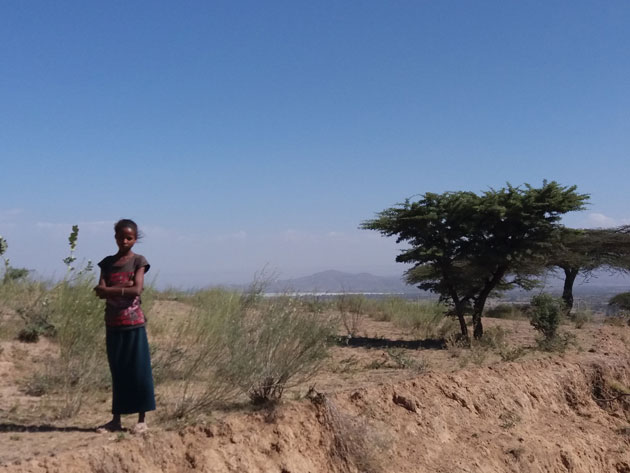
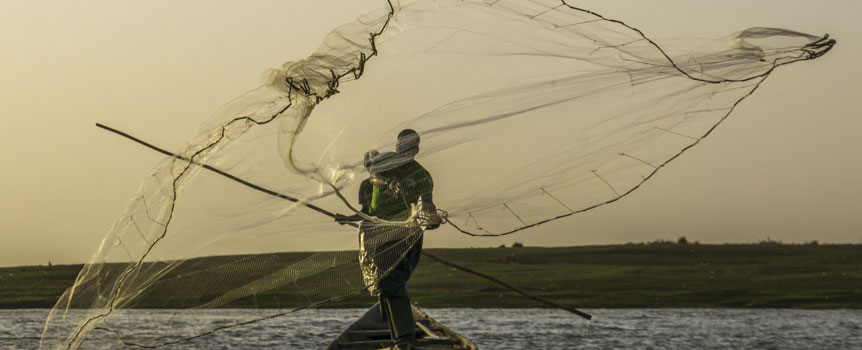
 Tanya van Gool, vice-chair
Tanya van Gool, vice-chair Sibout Nooteboom, technical secretary
Sibout Nooteboom, technical secretary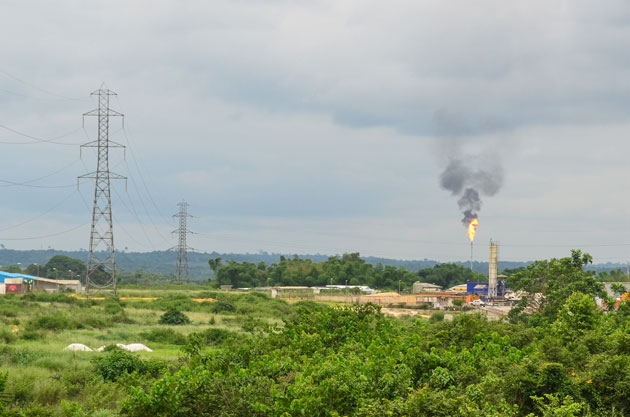
 Rob Verheem, director international
Rob Verheem, director international Anne Hardon, knowledge & communication manager
Anne Hardon, knowledge & communication manager Marianne Schuerhoff, technical secretary
Marianne Schuerhoff, technical secretary